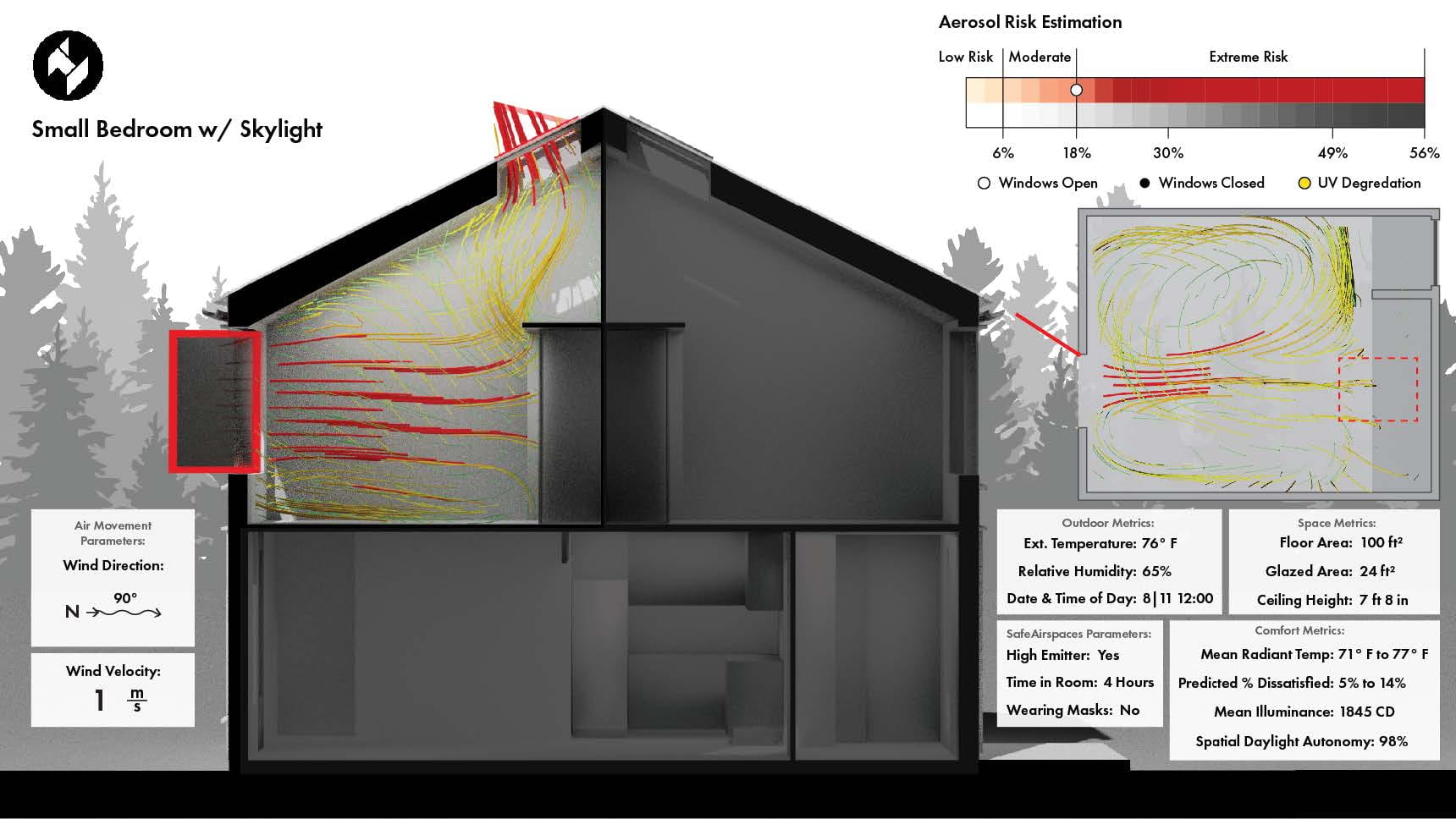Patterns for Health
A parametric tool for creating healthy and habitable spaces.
Rules of thumb – such as those elaborated upon in the Daylighting Pattern Guide – are very useful for allowing non-expert groups to create more holistically designed environments, and to incorporate technologies and techniques that they might not fully understand. Despite the relative ease that these rules can be incorporated into the average home, they often still require a higher base understanding of design than the mean person. This is where a parametric solution would excel.
Creating a tool that provides instant feedback as well as simple controls would allow for more people to quickly gain the knowledge necessary to use these established rules of thumb. This opportunity is the end-goal of Patterns for Health – to create a web-tool and simple interface to allow normal people to diagnose issues with their existing spaces, and to suggest specific and unique solutions to their unique problems.


